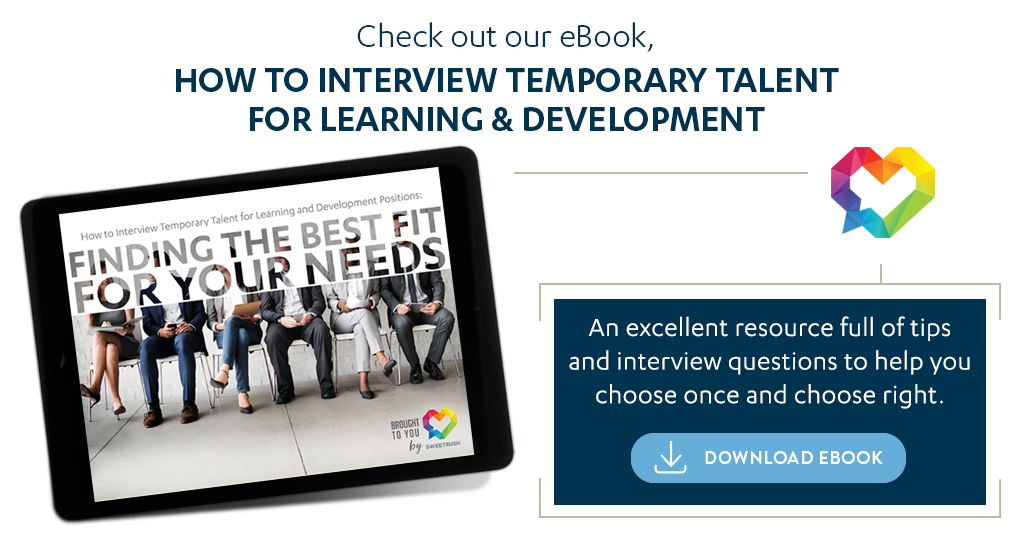When two givers indulge in a connection, it’s like magic. It’s alchemy. I water you, you water me, we never drain each other, we just grow. —Unknown
From the first moment you start looking for that open door into the active working world, you begin by selecting the companies you think mean the most to you—perhaps the big brands you’ve seen yourself working for ever since you started college. Once you start applying and interviewing, it’s time to evaluate the other determining factors: compensation and benefits package, for the most part. But should you really be limiting yourself to these two criteria only? What if there’s more to look for before deciding to get on board a company?
I’m going to let you in on a secret that might take you a decade to find out on your own, which is understanding the value of a healthy, feel-good work culture. It’s unfortunate, but true, how rare a good work environment is, and for this reason, you might not even think they exist. You think that work, more or less, sucks, and that is just the way it is. But then you meet someone who loves going to work, or you read an article like this one, and you realize that that doesn’t have to be the case. Once your eyes are opened, it’s still going to take time to find a great place to work, but at least you are on the right path.
When a newly minted graduate gets her first job, the celebration is, well…just about getting the job. We’ve all been there; I know I have. Then you start thinking “professionally,” trying to work as hard as you can to earn a higher position with the salary you’ve dreamed of having. You can likely relate to this experience, and it’s understandable, as in the end it’s a process of gaining experience, improving as professionals, and getting rewarded. We can think of it as the “regular working cycle.”
But what happens when all the boxes are checked—great position, generous compensation, strong benefits package—but you still don’t feel completely fulfilled, and you’re lacking a connection with your employer? I can start listing reasons why this lack of connection might translate into discontent and a sense of being unfulfilled, but for the most part, they are obvious.
Instead, I’d rather talk about the opposite: the healthy relationship and positive working bond between employee and employer. At SweetRush we refer to it as the “sweet spot,” where both parties are fulfilled and content and both are motivated to support the other.
With any relationship, we should invest a great deal of care and attention, and the working relationship is no exception. In fact, given the time we spend at work (a lot!), it just makes sense to ensure you’re spending all that time and energy on something that’s more than just a 9-to-5 job that gives you a paycheck at the end of each month. Your values and your vision should definitely be in line with your employer’s, but most importantly, you should be looking for a company that actually cares about you—and one that you care about as well. That’s right: caring.
The first time I heard the word “caring” in a work environment was when I started working for SweetRush. For me, it was a word that didn’t belong at work, like it was out of place. Family, friends, church? OK…but work? It didn’t take me long to realize that not only was caring one of the strongest foundations of the company, but it also was the perfect definition of how I was going to feel every single day: cared for. When you are embraced by a company that cares about you, both as a professional and as a human being, everything changes: the relationships with your coworkers, your daily tasks, and just how you feel in the morning knowing your work day is about to begin. And, as a result, you strive to be better and to do better for the team, and the balance between your professional and your personal lives seem to fall into place.
Studies have shown that people are more stressed at work than ever before—though you don’t need studies to tell you what you already see and feel around you. In reality, it should be—and can be—the total opposite. You might need to try working at other companies, and it could take some time to get there (OK, yes, it can be like dating to find that perfect match). But, if you understand that there is that perfect work match out there, and you look for more than just a paycheck, the reward once you get there will be enormous. Always seek a healthy, fair, and feel-good working relationship… Look for the sweet spot and you will find it.
Melissa Chacon (Meli) lives in Costa Rica, is part of the Talent Solutions team, and is passionate about connecting great people and SweetRush.








